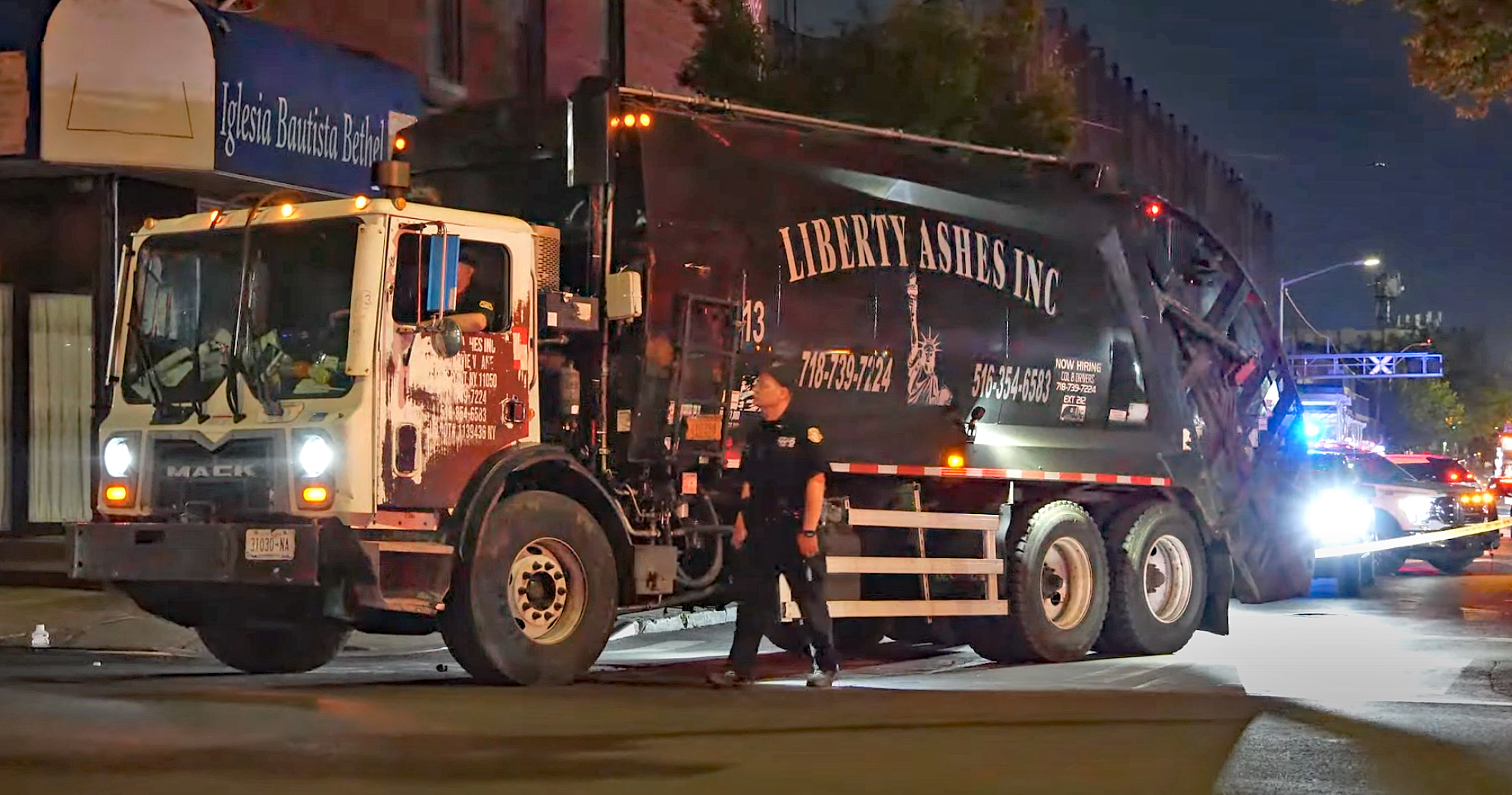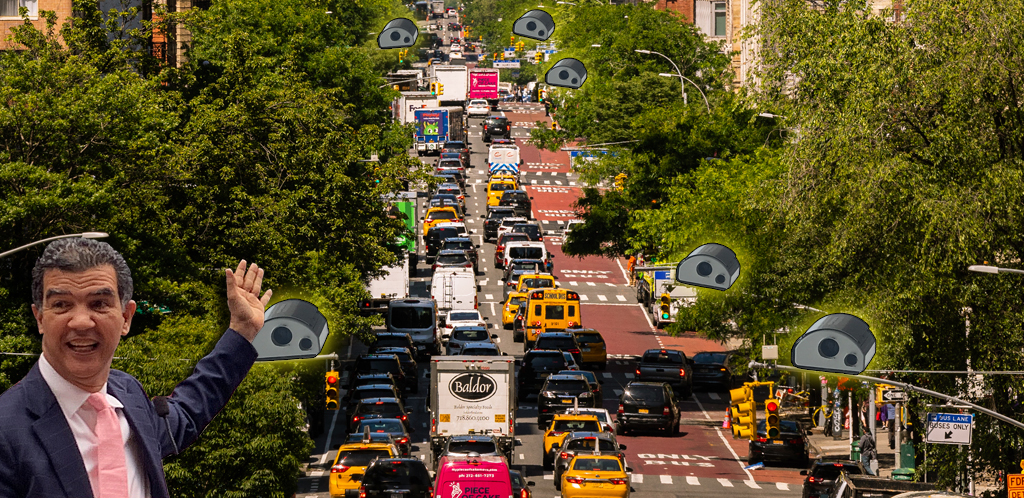With multiple versions of two years' worth of federal budgets flying around, some details are still emerging about what's in and what's out. At the end of last week we heard that the FY2011 budget, which has been sent to the president for his signature, includes $100 million for the Partnership for Sustainable Communities. According to HUD Sustainable Communities Director Shelley Poticha, the partnership was allocated $70 million for regional planning grants ($17.5 million is slated for regions with populations of less than 500,000) and $30 million for Community Challenge planning grants.
That's still a significant reduction from the $150 million the partnership had last year, but in this time of shrinking budgets, it's a lot more than some livability advocates feared. If the Sustainable Communities program had been killed in this budget, it would have been all the more difficult to revive it for inclusion in the upcoming reauthorization of the transportation bill.
The president wants to keep the partnership going, and indeed, within the administration and among reformers, the funding for the partnership is seen as a money-saver, consolidating duplicative agency programs, cutting through red tape, and using outcome-based metrics to identify and fund effective projects. Still, it's an administration program labeled "livability" and was, therefore, extremely vulnerable to the GOP ax.
The Partnership for Sustainable Communities is the name for the coordination among DOT, EPA, and HUD to promote planning and infrastructure investment according to their six tenets of livability: transportation choices, affordable housing, economic competitiveness, support for existing communities, coordination of federal policies and investing in healthy communities. The two planning grant programs, which are funded and managed out of HUD, are a centerpiece of the entire partnership. The other main part of it, TIGER, is run through the DOT and also saw the bulk of its funding -- the lion's share of TIGER, if you will -- preserved (perhaps somewhat surprisingly, in the current budget bill), suffering only a 12 percent cut.
Meanwhile, transit capital funding (the FTA's New Starts program) was reduced by about a quarter, high-speed rail was zeroed out completely, Amtrak took about a 10 percent hit, and TIGGER (a greenhouse gas reduction program for transit) got cut from $75 million to $50 million.
State and local recipients of partnership grants deserve much of the credit for keeping these programs alive. They made a powerful case to their members of Congress for the necessity of continuing the grants. According to Geoff Anderson of Smart Growth America, more than 60 national organizations signed a public letter to members of Congress in support of the partnership’s programs, and over 150 state and local organizations sent letters to Congress voicing their support as well.
Of course, with this round of the budget fight over, it's time to regroup for the next one, starting now. "Congress will decide budget provisions for 2012 in the coming weeks and funding for the Partnership will once again be at great risk," Anderson said. Indeed, the lines are drawn. House Budget Chair Paul Ryan (R-WI) is pushing for his brand of deep and painful cuts, the Democrats have released an outline of a gentler budget, and the president released his budget proposal, only to get behind a deficit reduction plan last week which would amend his previous budget.
Another notable aspect of the FY2011 budget passed (at long last) by Congress: It contains no earmarks. And as if it were trying to exorcise the ghost of past earmarks, it even cancels previously allocated transportation earmarks that hadn't been spent. That's a big shift for a legislature that used to be addicted to pork as members' way to prove their worth to constituents before re-election time. Still, there are some good programs out there that historically get funded through earmarks, and their future in an earmark-free world is uncertain. Biking and walking paths, some transit projects, Safe Routes to School and the Job Access and Reverse Commute program to provide transportation to work for low-income people are just some member-designated projects that may not have received adequate funding if it weren't for earmarks, since they're often ignored by state DOTs.





